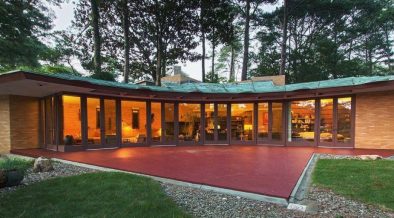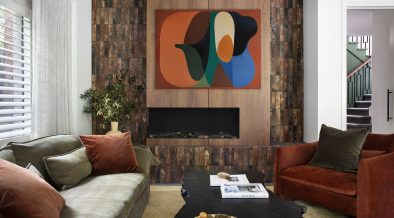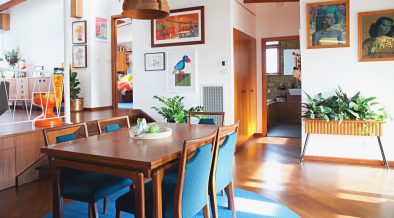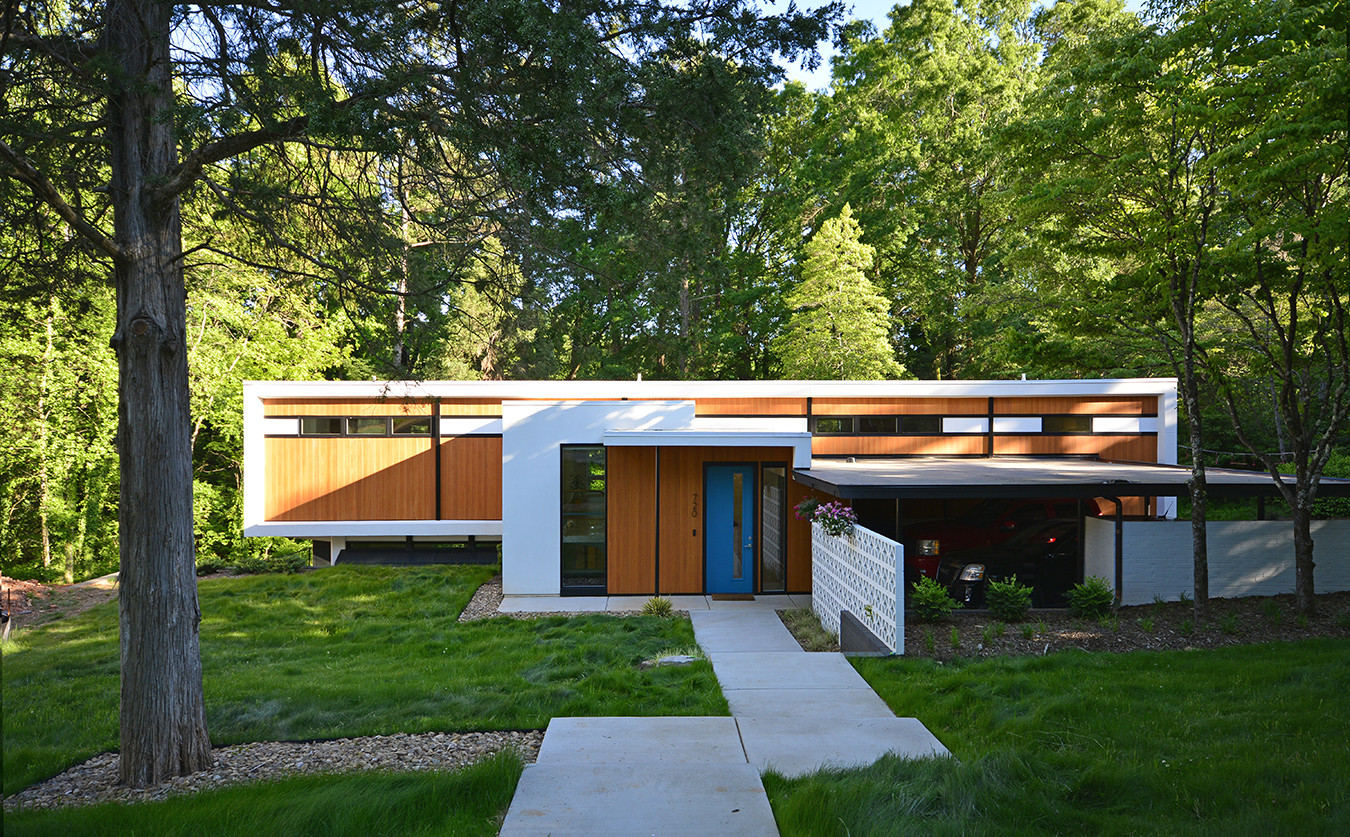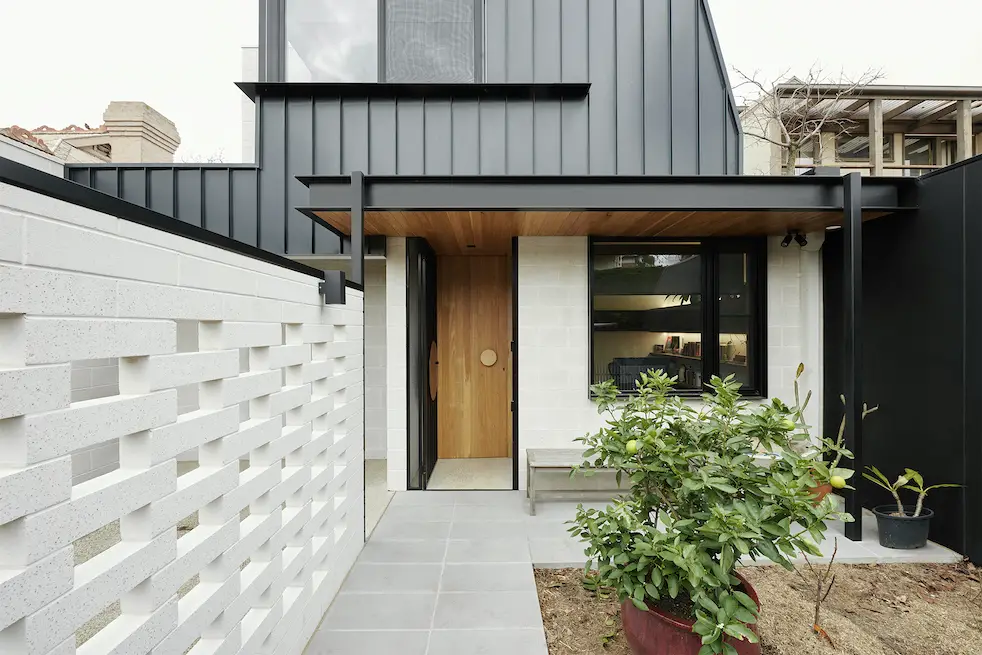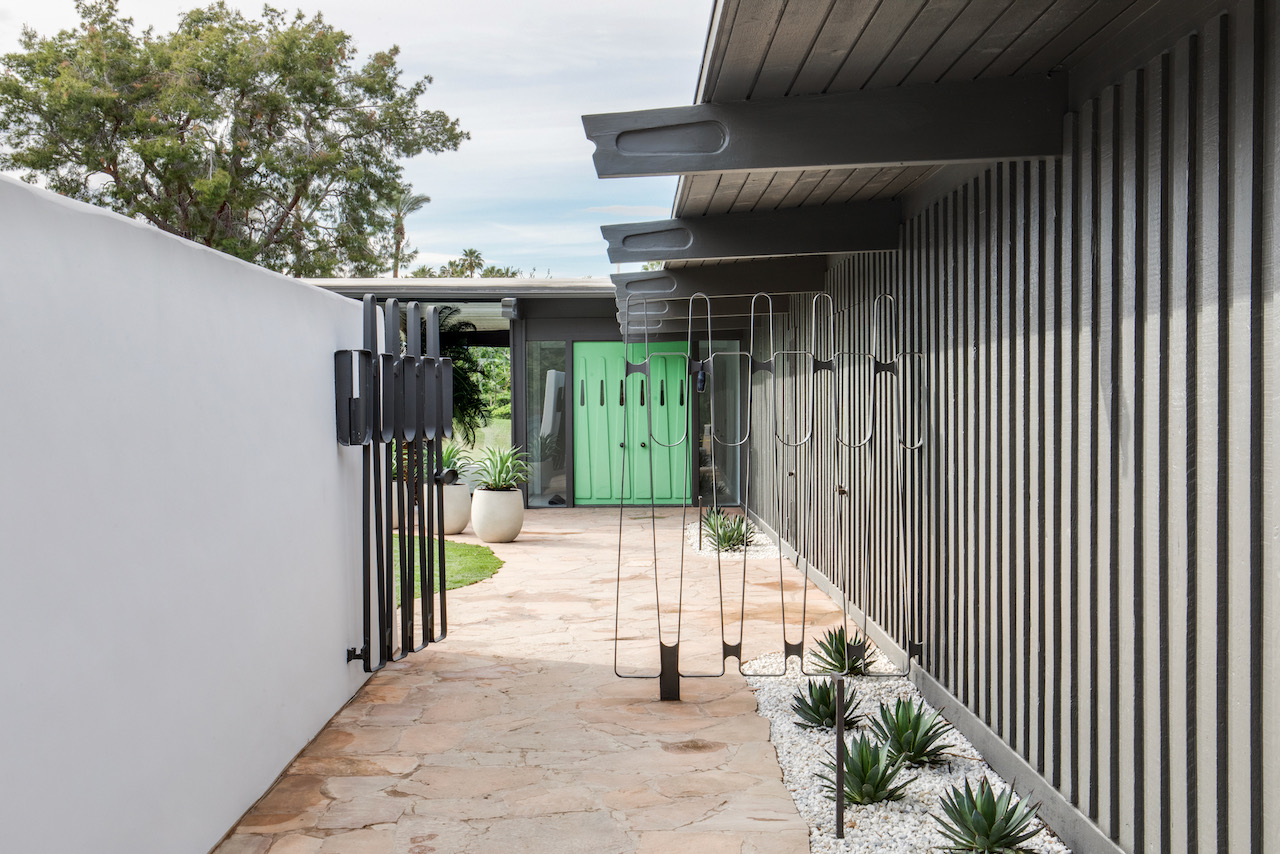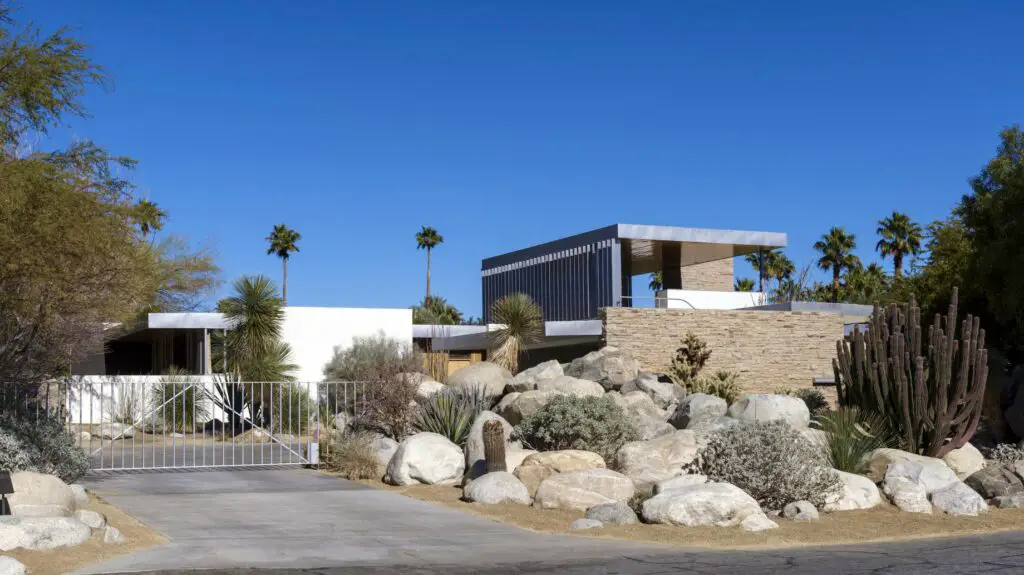
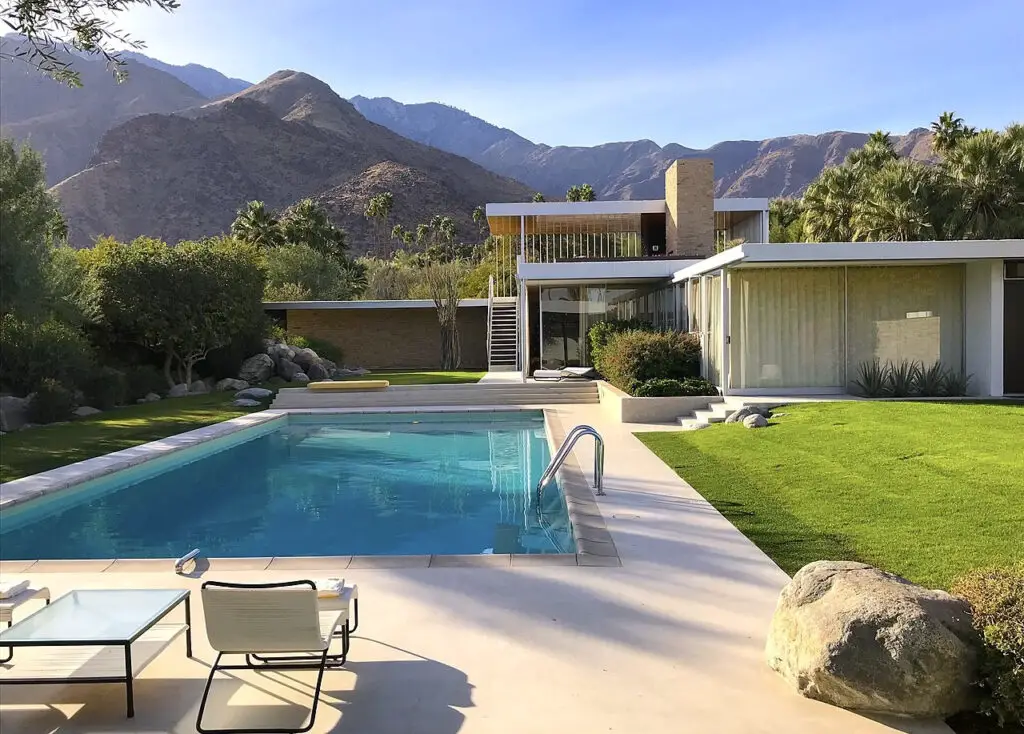
Whether you’ve had the opportunity to watch the film or not, the impact of modernist architecture on the set design of the latest Barbie movie has likely captured your attention.
Director Greta Gerwig, along with production designer Sarah Greenwood and set decorator Katie Spencer, have openly discussed how Richard Neutra’s renowned Kaufmann House in Palm Springs, among other midcentury modern inspirations, has profoundly influenced the design of the Barbie Dreamhouse set.
Greenwood and Spencer carefully studied an actual Dreamhouse, ordered from Amazon, to grasp its scale and proportions. They adjusted the room dimensions to 23 percent smaller than human size for the set, achieving the desired playful yet captivating aesthetic. This manipulation of scale contributes to a distinct visual effect, making actors appear larger in the space while maintaining an overall sense of intimacy.
Despite 77 years having passed since the completion of the Kauffman House, the lasting appeal of modernist and midcentury aesthetics became an obvious choice for the movie version of the world’s most famous doll house. The numerous points of connection between Barbie’s Dreamhouse and its real-life counterpart highlight the enduring appeal of the midcentury aesthetic.
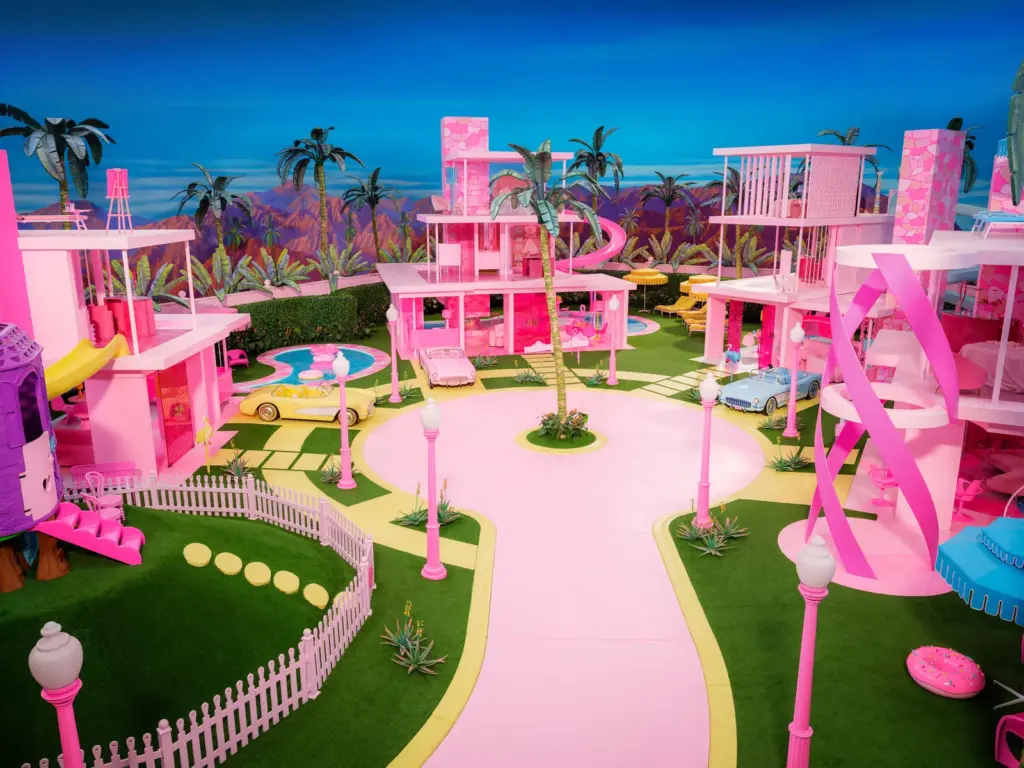
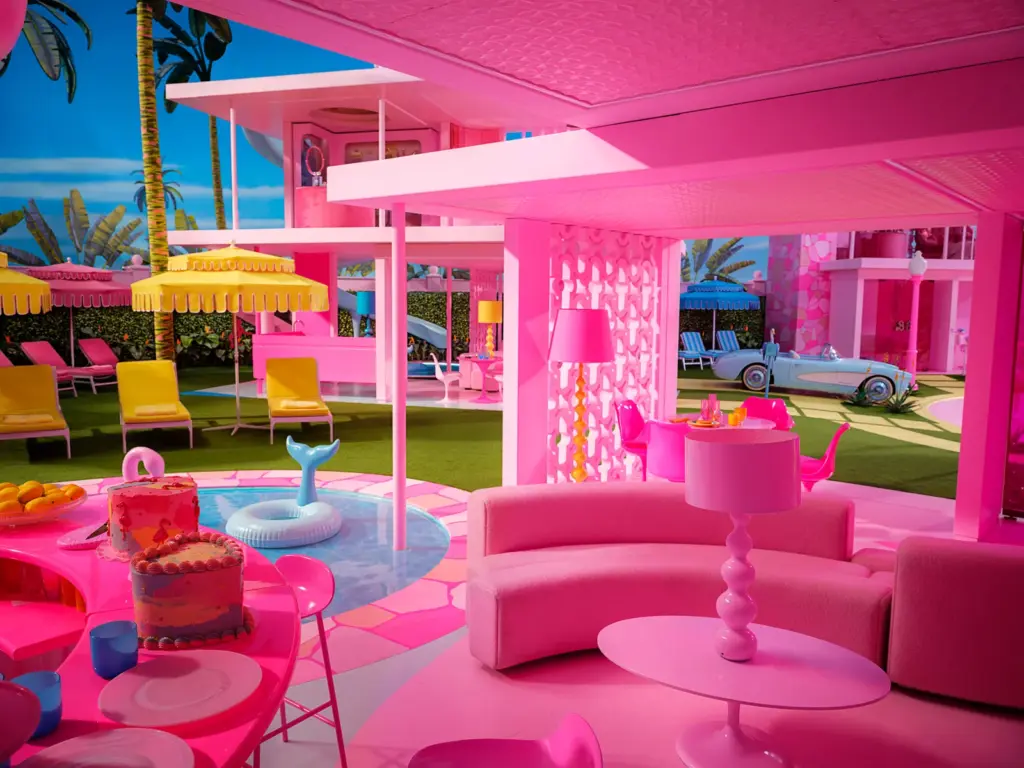
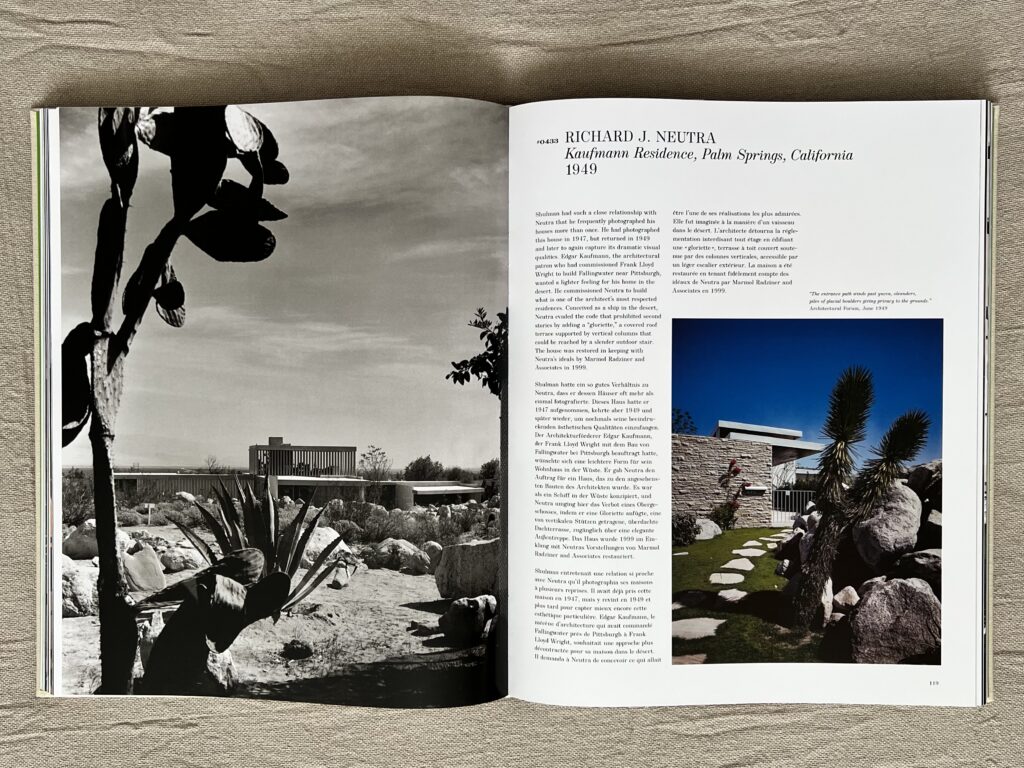
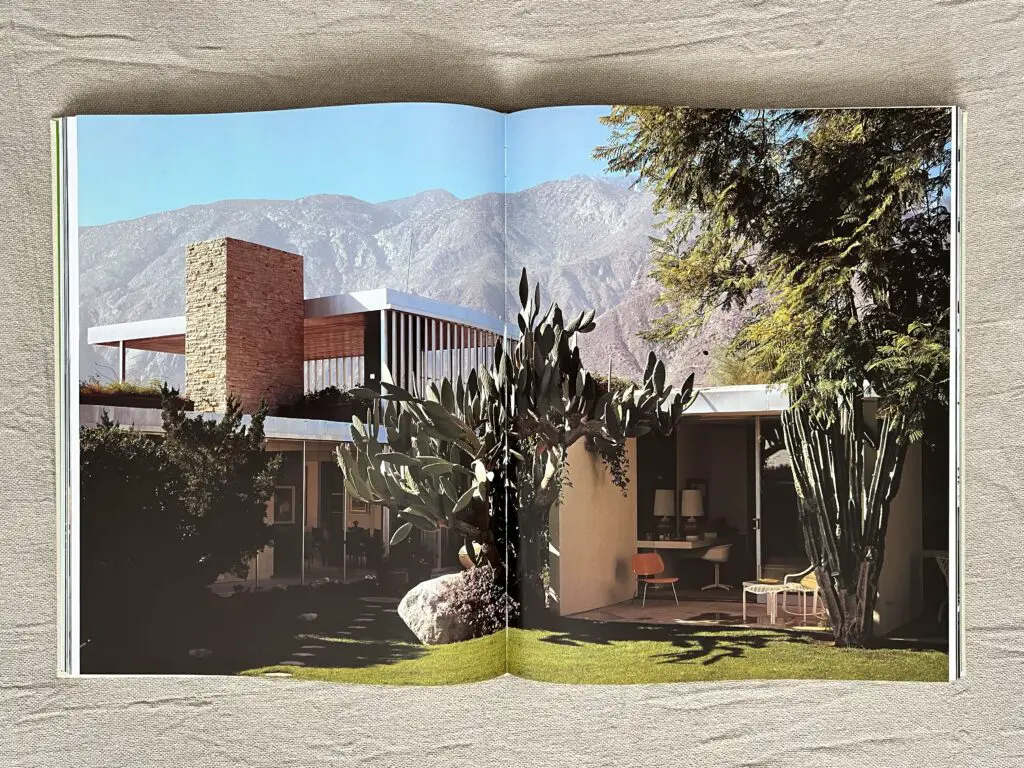
Similar to the Kauffman house, albeit for different reasons, the big picture version of Barbie’s Dreamhouse doesn’t require functional elements on display. No staircases, elevators, walls, or windows are present. After all, a real doll doesn’t need such features as she’s moved around by her human friend.
Features like the seamless indoor-outdoor connection and the incorporation of partition walls solely as structural elements -a hallmark of Neutra’s Kaufmann House and modernist residences in general – have effortlessly found their way into Barbie’s version of this midcentury masterpiece.
The absence of obstructive elements allows the backdrop and surroundings to meld with the house, providing Barbie dolls with the freedom to wave and interact from a distance, much like humans do in a modernist dwelling due to the lack of physical barriers.
One of the most recognizable aspects of modernist homes is the presence of an open layout, which in Barbie’s Dreamhouse reflects the innate nature of dolls – privacy isn’t a concern for them – enabling interaction among Barbies residing in adjacent Dreamhouses built on set. On the other hand an actual, modernist house necessitates such openness to accommodate a flexible and unrestricted lifestyle, with the inhabitants’ needs as the only boundary.
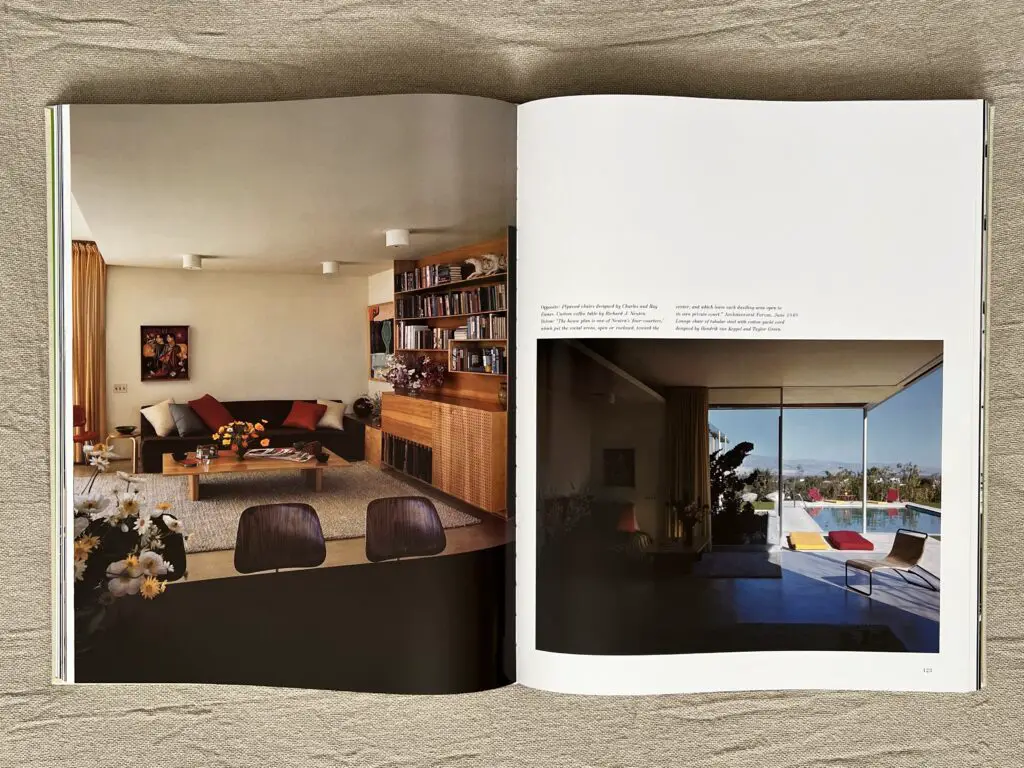
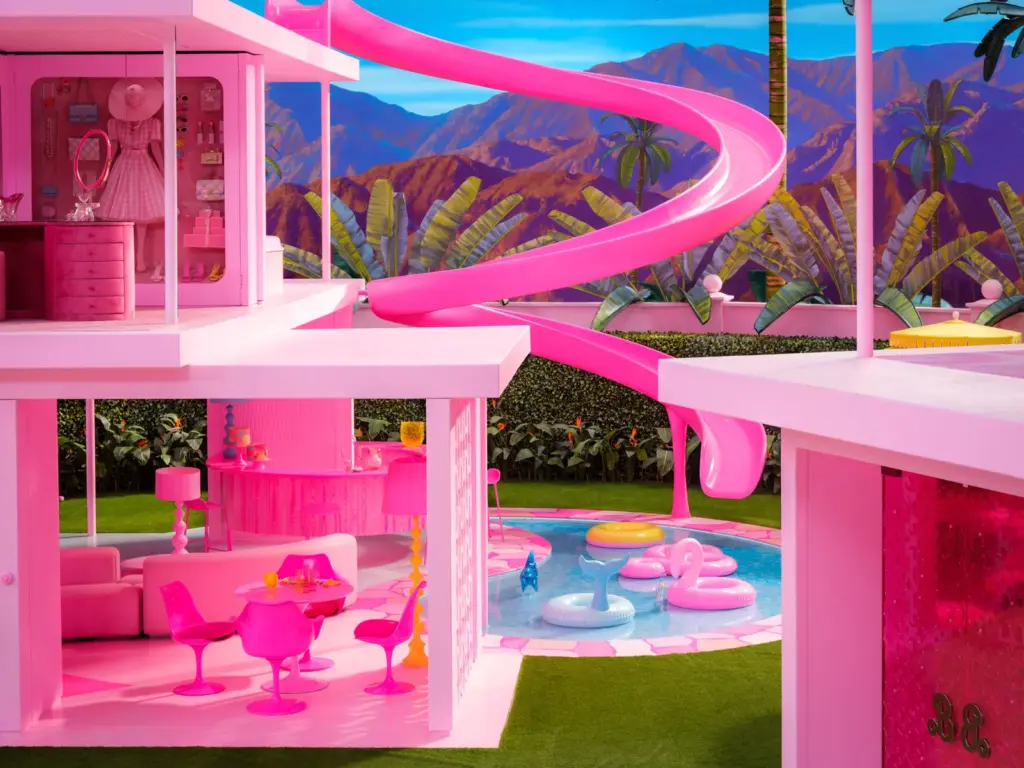
Despite bright pink not being a feature of modernist homes – where glass, steel, and white plaster typically prevail – on set, it establishes a vibrant aesthetic, crafting an aspirational yet relatable space that celebrates individuality, creativity, and the boundless potential of play.
Much like its real-life counterparts, as modernist architecture shapes tangible spaces, Barbie’s Dreamhouse constructs a realm that mirrors those values, inviting audiences to dream and experience an architecturally inspired, pink-hued fantasy.
The infusion of modernist aesthetics into Barbie’s world has unequivocally succeeded, underscoring the timeless appeal of the Midcentury and Modernist aesthetic in today’s world.
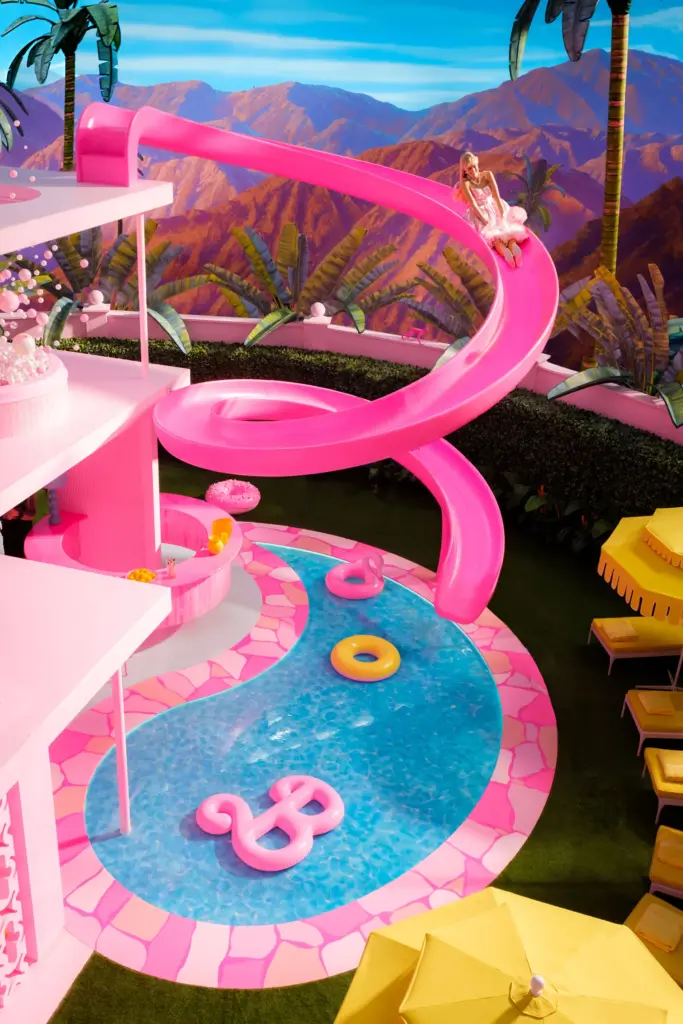
Barbie’s Dreamhouse – Photo: Jaap Buitendijk/ Courtesy of Warner Bros.





